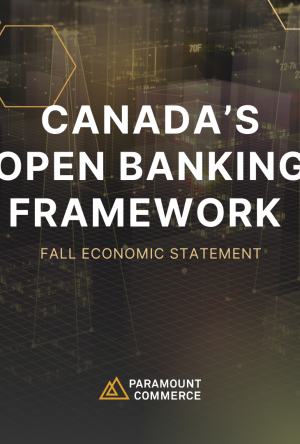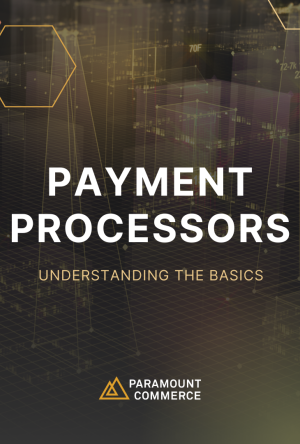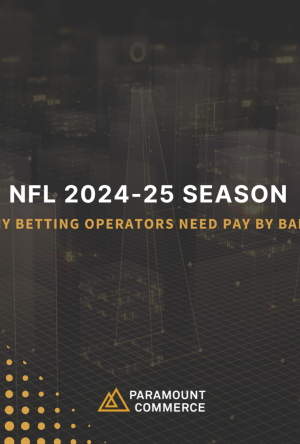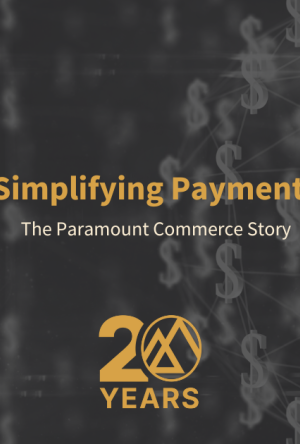
How Open Banking Can Support Bank-Based Payments
In recent years, the financial landscape has witnessed a remarkable transformation, largely driven by technological advancements. One of the most notable developments is the rise of open banking. Open banking allows third-party financial service providers to access financial data securely with the explicit permission of the customer. In Canada, where regulators are exploring the possibilities of open banking, this regulatory framework can pave the way for innovative payment solutions and features that offer convenience, security, and efficiency.
The Emergence of Alternative Payment Solutions
Traditional payment methods, such as credit and debit cards, have been active players in the payment ecosystem for a long time. However, in high-growth industries such as online gaming, consumers who use traditional payment methods often face issues with unwanted fees or rejected transactions. This is where alternative payment solutions have emerged as formidable competitors, offering consumers and businesses new ways to transact. These solutions encompass various methods, including mobile wallets and bank-account-based payments. Bank-account-based payment solutions, in particular, have gained traction due to their seamless payment journey.
Understanding Bank-Account-Based Payments
Bank-account-based payments, also known as direct bank transfers, enable users to transfer funds directly from their bank accounts to a merchant’s account. This method eliminates the need for intermediaries like credit card networks, resulting in lower transaction costs and faster settlements.
The Role of Open Banking
Open banking, facilitated by Application Programming Interfaces (APIs) allows different financial institutions to share customer-permitted financial data and execute transactions securely. This can enable the development of innovative financial services, particularly within the realm of alternative payments. Here’s how open banking can contribute to the enhancement of bank-account-based payment solutions:
Enhanced Security: Open banking employs robust security measures to protect sensitive financial data during transactions. With stringent authentication protocols and encryption techniques, users can confidently validate their identity with payment providers without fearing data breaches.
Seamless Integration: Open banking APIs enable easy integration between different financial platforms. This integration ensures a smooth flow of information between the payer’s and the payee’s accounts, reducing friction in the payment process.
Access to Account Information: Open banking empowers users to grant third-party providers access to their account information. This permission-based access facilitates personalized financial services and allows for tailored payment solutions that cater to individual preferences and needs.
Innovation and Competition: The open banking framework encourages innovation by fostering competition among financial institutions and fintech startups. This competition drives the development of more user-friendly and efficient bank-account-based payment solutions.
Benefits for Consumers and Businesses
The marriage of open banking and bank-account-based payments can bring forth numerous benefits for both consumers and businesses:
Cost Savings: Direct bank transfers typically incur lower transaction fees compared to credit card payments, backed by open-banking data, making them an economical choice for businesses of all sizes.
Convenience: Users can initiate payments directly more securely from their bank accounts without the need for credit card details or additional authentication steps.
Reduced Fraud: The robust security measures inherent in open banking reduce the risk of fraudulent transactions, enhancing overall trust in alternative payment methods.
Financial Management: Access to transaction data from various accounts allows users to better manage their finances, while businesses can gain insights into customer behavior.
Global Reach: Open banking’s potential for seamless international transactions opens doors for businesses to expand their reach and customer base.
Challenges and Considerations
While the collaboration between open banking and bank-account-based payment can hold immense promise, a few challenges and considerations remain:
Data Privacy: With increased data sharing, ensuring the privacy and security of user information becomes paramount. Striking a balance between convenience and privacy is crucial.
Regulatory Compliance: Open banking operates within a complex web of regulations. Ensuring compliance with various financial regulations can be challenging, particularly for emerging fintech companies.
User Education: Users must be educated about the benefits and security measures of open banking and alternative payment solutions to encourage their adoption.
Open banking’s emergence can mark a new era in the Canadian financial industry, catalysing innovation in payment solutions. Bank-account-based payments, supported by open banking’s secure and efficient framework, can offer users an alternative to traditional payment methods. As both consumers and businesses increasingly embrace the convenience and cost-effectiveness of these solutions, the collaborative power of open banking and alternative payments can reshape the way transactions are conducted, fostering a more connected and streamlined global economy.

































































































